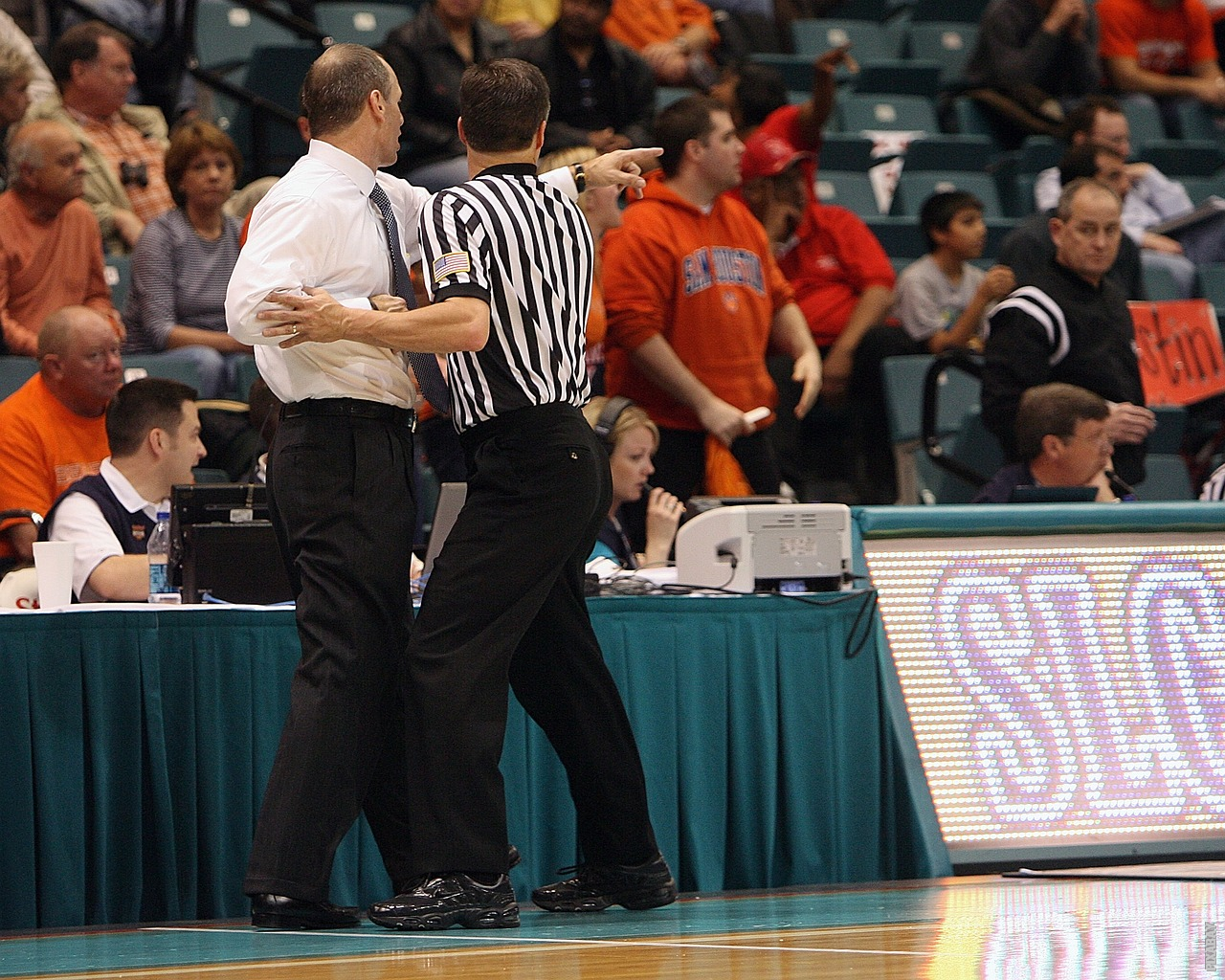The Thrilling World of NBA Tiebreaker Scenarios
In the high-stakes world of professional basketball, the NBA season often comes down to intense battles for playoff spots. As teams compete fiercely on the court, tiebreaker scenarios emerge, adding an extra layer of excitement and drama to the game. Let’s dive into the captivating world of NBA tiebreaker scenarios and unravel the mysteries behind determining the fate of teams when they find themselves tied.
Head-to-Head Matchups: Separating the Contenders
When two teams are tied, the first criterion to break the deadlock is their head-to-head record during the regular season. The team that has won more games in the matchups between the tied teams gains the upper hand. This tiebreaker emphasizes the significance of direct competition and rewards teams that have fared better against their rivals.
Division Winners: Dominance within the Conference
In the quest for conference supremacy, division winners hold a special place. If tied teams come from the same division, the team with a better divisional record claims the advantage. This tiebreaker recognizes the importance of consistently performing well within one’s division and rewards teams that have established dominance within their own conference.
Conference Record: Conference-Wide Consistency
When teams from different divisions find themselves tied, the next tiebreaker revolves around the overall conference performance. The team with a better winning percentage against conference opponents gains the upper hand. This tiebreaker acknowledges the importance of maintaining consistency against teams from across the conference, showcasing a team’s ability to compete against a wide range of opponents.
Strength of Schedule: A Measure of Toughness
Sometimes, tiebreaker scenarios require delving deeper into the intricacies of a team’s schedule. The strength of schedule tiebreaker takes into account the winning percentage of a team’s opponents. The team that has faced tougher opponents throughout the season is rewarded for enduring a more challenging path. This tiebreaker highlights the resilience and determination of teams that have battled against formidable competition.
Post
Post
Point Differential: The Art of Winning Big
In the case of an unresolved tie, the point differential tiebreaker comes into play. This tiebreaker considers the average point differential per game for tied teams throughout the season. The team with the higher point differential demonstrates a greater ability to outscore opponents, indicating their prowess and dominance on the court.
Flip of a Coin: Leaving Fate to Chance
In the rare event that all tiebreakers fail to determine a clear winner, the NBA resorts to a coin toss. This final tiebreaker symbolizes the unpredictability and excitement that basketball brings. It reminds us that, despite all the statistical analysis and calculations, chance can still play a role in determining a team’s fate.
In the captivating world of NBA tiebreaker scenarios, every game matters, and every point counts. The intricacies of head-to-head matchups, divisional dominance, conference consistency, strength of schedule, point differentials, and the occasional flip of a coin all shape the destiny of teams vying for playoff spots. As the season unfolds, keep an eye on these tiebreaker scenarios, for they add an extra layer of suspense, making the race to the playoffs even more thrilling.





